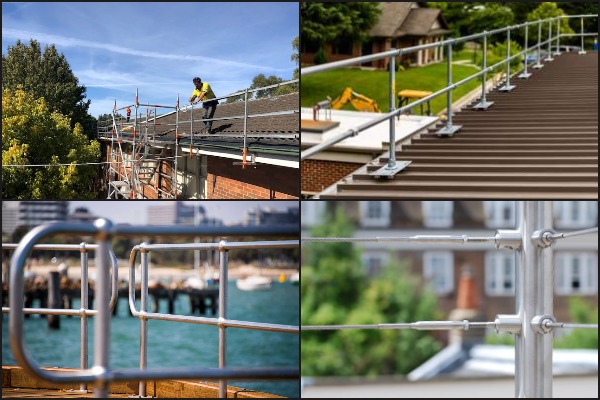When selecting bathroom fittings like sinks and tapware, choosing appropriate material can be a big issue. Low-quality materials can lead to problems like stains, rust, and cracks in the long run. On the other hand, stainless steel has proven to be durable, long-lasting, and aesthetically easy to match. Stainless steel is valuable and relied upon for the making of various equipment in many industries, and if you work in construction or product design, you will surely benefit from knowing a good stainless steel manufacturer.
What Exactly Is Stainless Steel?
It’s important to know the difference between regular and stainless steel. Both are alloys that contain a mixture of different metals, some of which include:
- Carbon
- Nickel
- Chromium
- Molybdenum.
Stainless steel, however, incorporates a much bigger percentage of chromium. Regular steel and iron (iron and carbon), while durable, are much less corrosion-resistant. This can become an issue when water regularly comes into contact with the material, which is a necessary feature of tapware and sinks. The extra chemical elements provide a supportive coating to prevent corrosion.
The result is a shiny and reflective surface that is difficult to tarnish. This explains why people refer to the metal alloy as “stainless steel.”
What Are the Main Benefits of Stainless Steel Fixtures?
When selecting fixtures for your home’s kitchen or bathroom (for example), it’s important to consider form and function. Stainless steel can provide various benefits, including the following:
- Strength/Durability
These are both key features for regularly-used home fittings like kitchen sinks. The metal should withstand temperatures as hot as boiling water and as cold as ice cubes. Also, due to the nature of its installation, the material should stay lightweight despite its durability.
- Hygienic
Stainless steel is one of the most – easy-to-clean and polish materials for fittings like tapware. It also prevents the buildup of bacteria, which can help keep your families, workers, and customers safe, especially now during the COVID-19 pandemic. This is especially key in facilities like restaurants, kitchens and hospitals.
- Corrosion-Resistance
This is a key feature that can prevent damage from the buildup of water stains, rust, and so on. The feature also makes stainless steel ideal for places prone to temperature extremes.
As mentioned before, the manufacturing process includes adding chrome, which combines with oxygen in the air to create a thin film on top of the metal. When the film is damaged, the metal can quickly do self-repairs to fight off corrosion.
Other elements such as nickel and titanium also help boost corrosion resistance.
- Appearance
Another benefit of stainless steel is the signature shiny appearance that can seamlessly blend with a traditional or even a contemporary look. The neatness of the surface can help your kitchen or bathroom appear neat and tidy.
How Is Stainless Steel Produced?
The way steel is shaped and finished should make a difference in how the steel appears and performs. The first step in the process is to create a molten alloy. The bulk of steel grading includes these steps:
- Melting
- Removing carbon
- Tuning
- Forming/Casting
Meanwhile, manufacturers conduct the following processes to create stainless steel:
- Hot Rolling: This step helps set the steel’s physical dimensions at ultra-high temperatures above the metal’s recrystallisation temperature.
- Cold Rolling: This step should occur at a lower temperature than hot rolling and involves using multiple rollers to shape the metal.
- Annealing: Heating and cooling cycles soften the steel.
- Descaling/Pickling: This step removes scales to increase durability and stain resistance.
- Cutting: Tools like high-speed blades cut the steel to order requirements.
- Finishing: This step can include many techniques that involve sandblasting, belt polishing, and others to treat the steel’s surface.
There are many benefits to building and designing with stainless steel. From the timeless classic look to its reliable utilitarian function, a good stainless steel manufacturer should be able to provide you with all the material you need to outfit the rooms in your house and your workplace.










